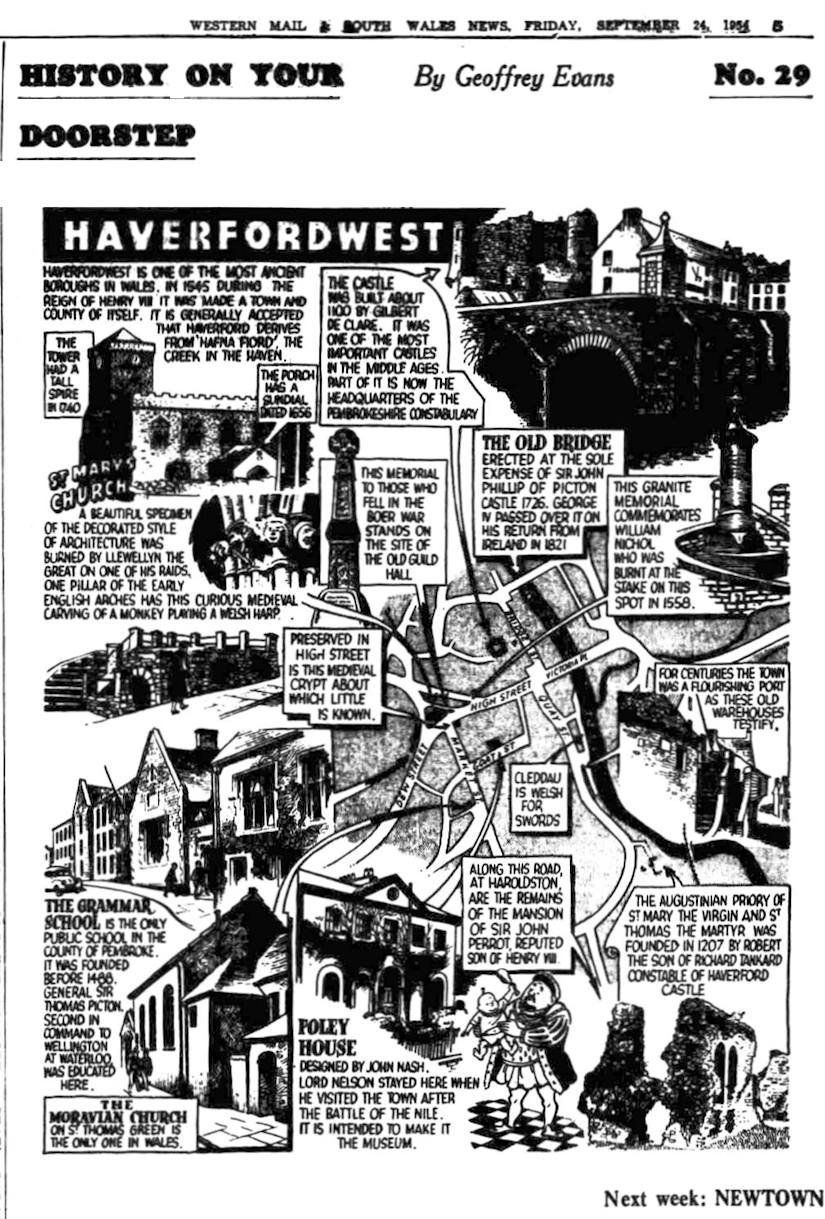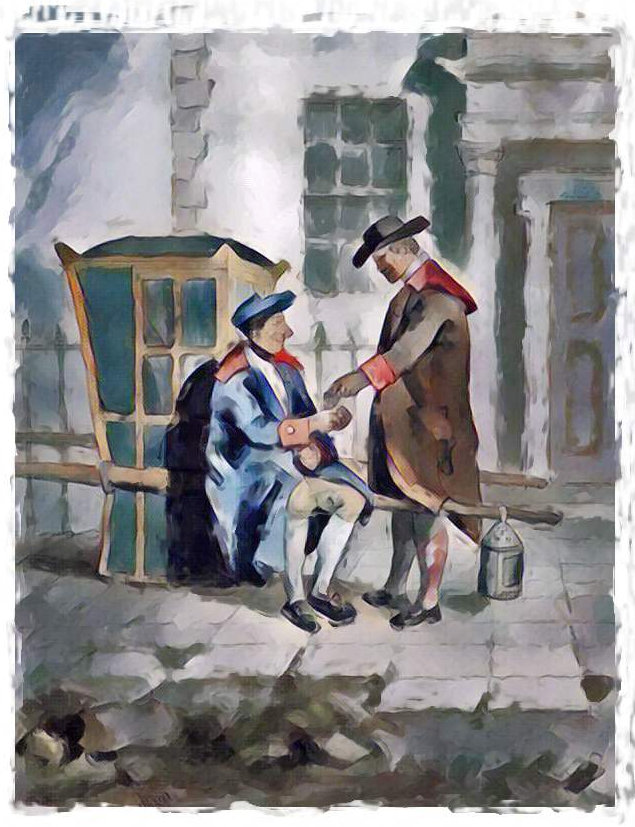
Sedan chairs were once a familiar sight in Haverfordwest used by the well-heeled to move around town at a time when the roads were in poor condition and the steep cobbled streets were difficult to negotiate especially at night.
Many of the wealthier families only spent the winter and spring months (‘The Season’) living in Haverfordwest retreating to the comfort of their country estates during the rest of the year.
Sedan chairs were the taxis of their day and often ferried people from their town houses in Goat Street and Hill Street to the Assembly Rooms in St Mary Street or to the Masonic Hall in Picton Place.
In contrast carriages seemed less popular for these short journeys as explained the traveller and writer Mrs Morgan:
By 1846 sedan chairs were common enough to cause a nuisance for pedestrians who were often forced from the pavements and footpaths into the road to avoid being pushed out of the way by the chair-men; this was not just a case of stepping aside but meant stepping off a paved area onto the filthy and rutted cobbled carriageways in the town.
In 1853 there were at least six sedan chairs in regular use and the 12 men who provided the service advertised locally that in future a minimum fee of one shilling would be charged for each journey, today the equivalent fee would be £6.40.
The use of sedan chairs as a favoured form of transport for gentlewomen in Haverfordwest continued for far longer than might be imagined and the service was still available as late as 1888 as indicated in this comment from the magazine By-gones printed at the time.
In the mid 1950’s the Western Mail ran a weekly series of vignettes entitled ‘History On Your Doorstep’. In September 1954 they featured Haverfordwest and it is interesting to note the changes since then.
The police station is no longer located in the old castle jail – in fact since then it has been a museum and later became home to the record office and archive; it now lies empty. Foley House never became a museum but for a time was used as office space for the council and also for the magistrates’ clerks.
The mediaeval crypt is now out of bounds having been incorporated into the basement of the housing and retail complex at the bottom of Market Street.
The old Grammar School, Moravian Church and half of the warehouses on the quay were demolished more than 50 years ago. The church is remembered in the name of the sheltered housing now occupying the site (Moravian Court) while the school was demolished and replaced with the County Library which itself has been superseded and is earmarked for demolition once a new purposed for the site has been determined.
(Click on the image for the full size image)
There are many ways of discovering information from the past but few give us much of an indication of the people involved. Written social histories scratch the surface but tend to focus on events rather than people while biographies can give more information about people but few people have their biographies written and they tend to be the rich and famous (or infamous); diaries can provide a useful inside into events seen from a personal perspective but few people keep diaries nowadays and the modern equivalent in the form of social media is awash with so much trivia it is a meaningless (and transient) mess.
Official records in the form of census records, birth/marriage/death records, parish registers and so on are a treasure trove of verifiable information but these stark facts tell us little about the individuals concerned and although information about some people can be found in court records the information is not easily accessible and tends to focus on wrongdoers which while it is interesting is hardly typical.
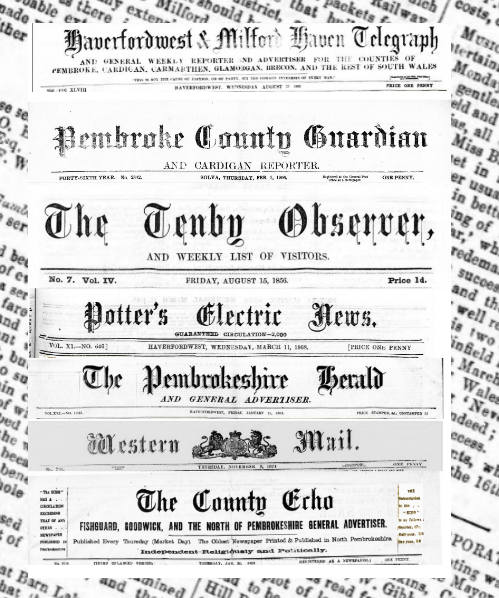 Our best window into the past is through the pages of local newspapers and in Wales we are very fortunate that all newspapers published between 1804 and 1919 are available online free of charge thanks to The National Library of Wales and can be found here. A companion site provides access magazines and journals relating to Wales that were published between 1735 and 2007 is available here.
Our best window into the past is through the pages of local newspapers and in Wales we are very fortunate that all newspapers published between 1804 and 1919 are available online free of charge thanks to The National Library of Wales and can be found here. A companion site provides access magazines and journals relating to Wales that were published between 1735 and 2007 is available here.
The stories uncovered while reading through old newspapers range from amusing to scandalous, tedious to sensational, so perhaps I should issue a gentle word of warning here - if you search for the names of your ancestors the information you uncover may shock you (it certainly shocked me)
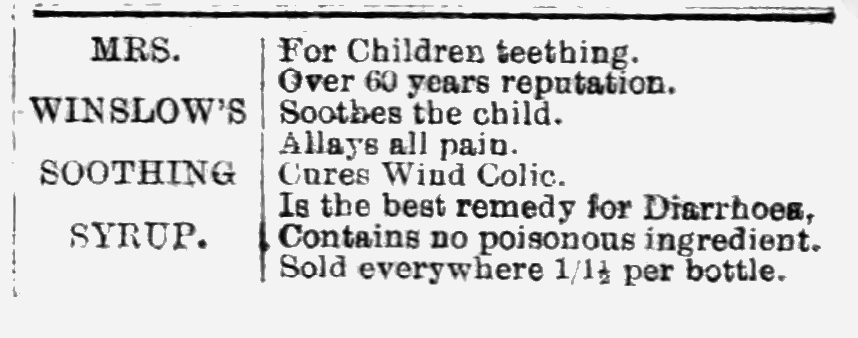 Popular throughout the United Kingdom from the mid-1880’s until the early part of the 20th century Mrs. Winslow’s Soothing Syrup was a patent medicine sold as something of a cure-all for “fussy babies”. In addition to easing teething pains it was recommended for wind and colic, diarrhoea and childhood fevers and was extensively advertised throughout the English speaking world.
Popular throughout the United Kingdom from the mid-1880’s until the early part of the 20th century Mrs. Winslow’s Soothing Syrup was a patent medicine sold as something of a cure-all for “fussy babies”. In addition to easing teething pains it was recommended for wind and colic, diarrhoea and childhood fevers and was extensively advertised throughout the English speaking world.
It was undeniably effective in calming sickly infants with children aged 3 months given half a teaspoon up to 4 times a day while for children aged six months the dose was increased to a teaspoon - but there was a problem. The main ingredient of the Syrup was morphine and each teaspoonful contained 11 milligrams which is enough to kill a child – to put it in perspective an adult recovering from surgery will receive between 10 and 20 milligrams for pain relief!
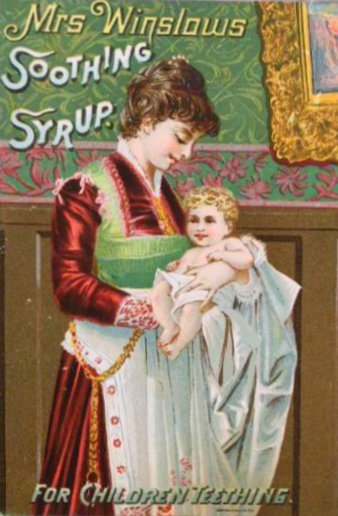 It is believed thousands of children died as a result of being given Mrs. Winslow’s Soothing Syrup and in 1911 the American Medical Association denounced it (and many other similar products) but despite this it continued to be sold until the 1930’s.
It is believed thousands of children died as a result of being given Mrs. Winslow’s Soothing Syrup and in 1911 the American Medical Association denounced it (and many other similar products) but despite this it continued to be sold until the 1930’s.
While visiting different historical sites is not always possible the advent of the internet and computer technology does allow us to make virtual visits to any number of places from the comfort of a sofa. Below are a few 'tours' I have found interesting.
Stonehenge
One of the most famous and enigmatic historical sites in the world is Stonehenge in Wiltshire, a place with a strong connection to Pembrokeshire. This virtual tour created by English Heritageplaces you at the centre of the stone circle here
Cardiff Castle
If you fancy a brief tour of Cardiff castle then you can start it here
Warwick Castle
The castle is perhaps the archtypal britsh castle of the later mediaeval period and its current lauout was largely established in the late 14th century although the site had already been fortified for centuries by then, if you have never visted the castle then enjoy this virtual tour. here
Hever Castle
About 10 miles from Tonbridge in Kent lies Hever Castle - the childhood home of Anne Boleyn Future wife of Henry VIII. Anne was executed in 1536 and when her father died a few years later ownership passed to the king who a few years later gave it to his fourth wife Anne of Cleeves as a divorce settlement. You can view the castle here
Lewes Castle
Situated in East Sussex Lewes Castle was built in 1067 - less than a year after the batle of Hastings making it one of the earliest Norman castles, and although much of it is lost what remains is very attractive here
Bletchley
More recent history is on show at the Bletchley Park National Museum of Computing which is famous as the home of Britain's code breakers during the Second Worl War but which also houses the world's largest collection of working historic computers here
Bath Roman Baths
Believed to have been a centre of worship for the Celts, the geothermally heated waters were greatly prized by the Romans who initially constructed a temple at the site and during the following centuries developed the bathing complex which you can visit here here
Shakespeare's Globe Theatre
Built close to the site of the original Elizabethan theatre Shakespeare's Globe Theatreis considered to be an accurate depiction of the original building albeit with modern safety requirements built in here
The British Museum
The first public national museum in the world is still one of the greatest and when combined with Google Street View it gives you have the opportunity to tour the exhibits from the comfort of your own home here


